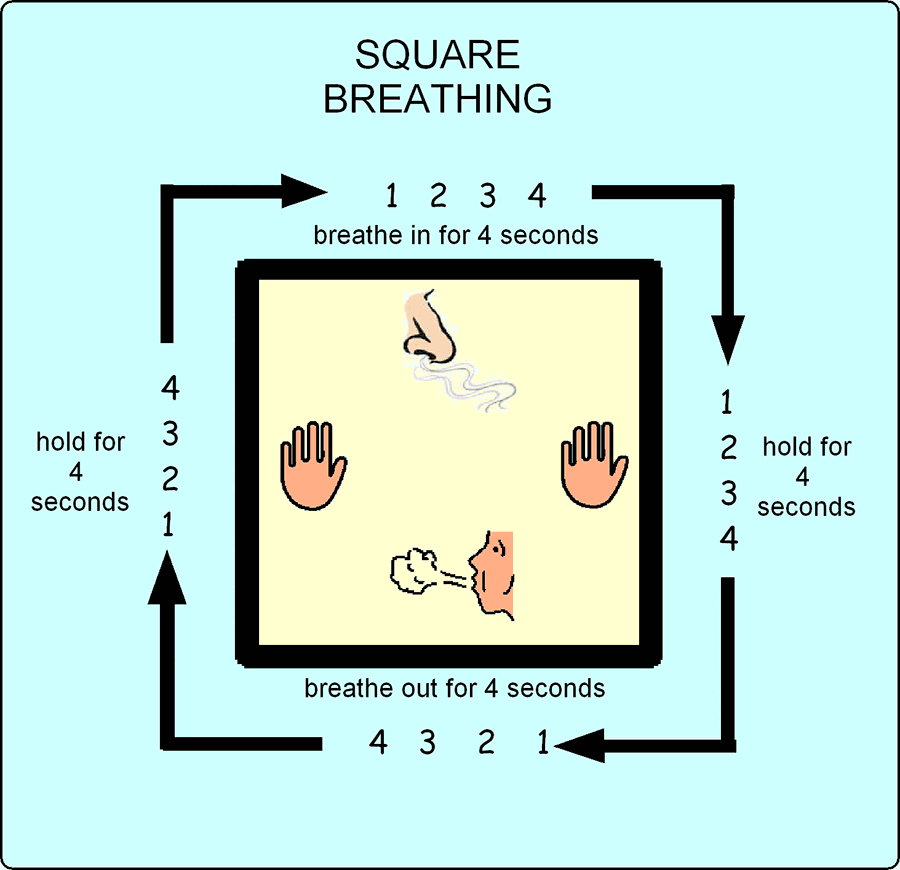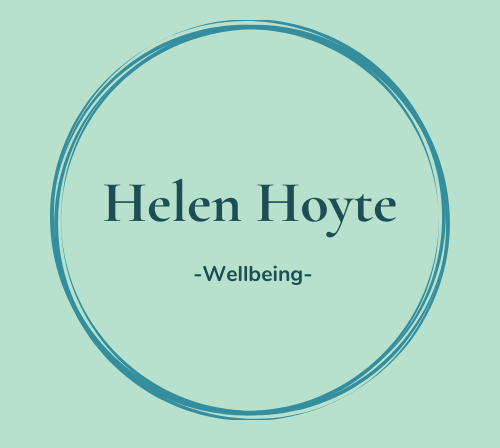
Introduction
In our fast-paced, digitally driven world, it’s easy to feel overwhelmed and disconnected from ourselves. Stress, anxiety, and the constant bombardment of information can leave us feeling like we’re floating in a sea of chaos. Grounding techniques offer a lifeline, a way to anchor ourselves in the present moment and reconnect with our inner selves. In this blog, we’ll explore what grounding techniques are, why they’re essential for mental well-being, and a variety of practical methods to help you find your footing in the storm of life.
What Are Grounding Techniques?
Grounding techniques are a set of exercises or practices designed to anchor you in the present moment and create a connection between your mind and body. They help you find stability, reduce anxiety, and maintain emotional balance. Grounding is particularly valuable when you’re feeling overwhelmed, anxious, or disconnected from reality. The core idea is to bring your attention to the here and now, helping you escape the spiral of negative thoughts or excessive worry.

Why Grounding Techniques Matter
- Stress Reduction: Grounding techniques can be powerful tools for stress reduction. By grounding yourself in the present moment, you can escape the loop of stress and anxiety that often results from ruminating about the past or worrying about the future.
- Improved Emotional Regulation: Grounding helps in emotional regulation by fostering a sense of safety and stability. This can be especially useful for individuals who struggle with mood disorders or PTSD.
- Enhanced Mind-Body Connection: Grounding techniques can enhance your mind-body connection, making you more aware of physical sensations and emotions. This heightened awareness can lead to better decision-making and self-care.
- Increased Resilience: When life throws challenges your way, being grounded can help you stay resilient. You’re better equipped to handle adversity when you’re centered and connected to your inner strength.
Practical Grounding Techniques
- Mindfulness Meditation: Mindfulness meditation involves paying attention to your breath, bodily sensations, or thoughts. It helps you stay in the present moment and calm your mind.
- Deep Breathing: Take slow, deep breaths to center yourself. Focus on the rise and fall of your chest or the sensation of air entering and leaving your nostrils.
- 5-4-3-2-1 Technique: This sensory grounding technique involves identifying five things you can see, four things you can touch, three things you can hear, two things you can smell, and one thing you can taste.
- Grounding Through Touch: Hold onto an object with different textures, like a stone, fabric, or a piece of wood. Pay attention to the tactile sensations.
- Body Scan: Close your eyes and mentally scan your body from head to toe, noting any areas of tension or discomfort. Gradually release that tension.
- Grounding with Nature: Spend time in nature, whether it’s a walk in the park, a hike in the woods, or simply sitting in your backyard. Connect with the natural world around you.
- Progressive Muscle Relaxation: Tense and release each muscle group in your body, starting from your toes and working your way up to your head.
- Guided Imagery: Use your imagination to create a safe and comforting mental space. Visualize a place where you feel relaxed and secure.
- Breathing Techniques: Try alternate nostril breathing, box breathing, or 4-7-8 breathing to bring your focus to your breath and regulate your nervous system.
- Grounding with Affirmations: Repeat positive affirmations, such as “I am safe,” “I am in control,” or “This too shall pass” to calm your mind.
Conclusion
Grounding techniques are versatile and effective tools that can help you maintain your mental and emotional well-being in an increasingly chaotic world. They offer a means to stay grounded, centered, and resilient in the face of life’s challenges. By incorporating these practices into your daily life, you can find balance and clarity in a world that often seems overwhelming. Remember that different techniques work for different people, so don’t be afraid to experiment and find what resonates with you the most. Ground yourself, and you’ll find that you can navigate life’s ups and downs with greater ease and mindfulness.
